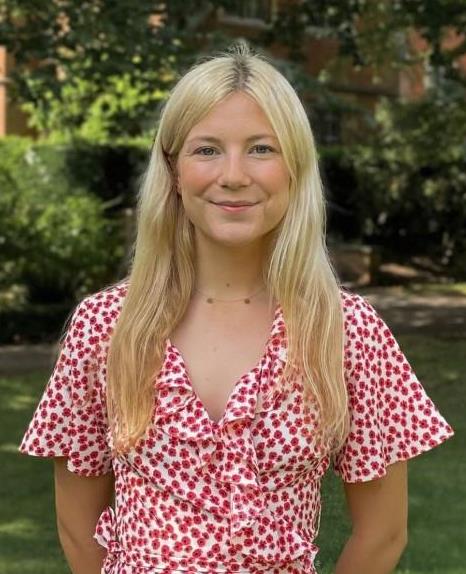The latest paper of Notes and Records explores the pre-telescopic observations of the Moon at the turn of the 17th century.

The latest paper of Notes and Records explores the pre-telescopic observations of the Moon at the turn of the 17th century. We asked the author, Professor Jarosław Włodarczyk some questions about his research.
Who was Edward Gresham, and what did he do that was significant?
Edward Gresham (1565–1613) was a practitioner of astrology, magic and medicine, and he must have been a familiar figure in London. He studied at Trinity College, Cambridge. In the years 1603–1607 he published astrological almanacs. Following the disclosure of the Gunpowder Plot, there were rumours that he had predicted these events in his 1605 almanac and he became implicated in the plot. He was also involved in courtly intrigues, these being the divorce of Robert Devereux, third Earl of Essex with Francis Howard and the poisoning of Sir Thomas Overbury. Gresham was an adherent of the heliocentric theory. He expressed this belief in his almanacs. However, the complete account of Gresham’s astronomical beliefs can be found in his manuscript Astrostereon or the Discourse of the Falling of the Planet (1603), a text that has been never wholly published nor carefully examined by the historians of science.
Can you characterise his work Astrostereon or the Discourse of the Falling of the Planet (1603)?
There are several topics addressed in the Astrostereon. Firstly, the treatise contains a set of well-articulated arguments in favour of the heliocentric system and the new philosophy, and rejects the physics of solid celestial spheres. Secondly, Gresham argues that planets are made of the same matter as the Earth and therefore they are entirely opaque. Thirdly, Gresham asserts that the Scriptures does not deny the possibility that the Earth moves as other planets do. Fourthly, the Astrostereon appears to be a remarkable example of an attempt to reorganize the fundamentals of astrology to fit into the new system of the universe and, finally, to employ them in a new type of predictions which would go beyond ‘vulgar astromancie’.
What historical context shaped Gresham’s support of the heliocentric theory of the universe of Copernicus?
London at the turn of the 17th century appears to be one of the most fascinating places to investigate the reception of the new concept of the Universe propelled by the Copernican revolution. The repeated references to Copernicus, the credit given to the astronomical tables calculated on the basis of his theory and the English translation of the First Book of De revolutionibus along with its subsequent regular publication in the popular almanac A Prognostication euerlastinge… by Thomas Digges (at least seven editions in London in the years 1576–1605) – all these facts have been acknowledged relatively early and thoroughly discussed. And the list of names involved in this debate includes such well known figures as John Dee, William Gilbert, and Thomas Harriot. This list has to be supplemented by William Gresham who not only vigorously propagated the idea of new astronomy, but also sought some innovative ways of confirming it by way of astronomical observations of, for example, planetary occultations or ranges of mountains on the Moon.
How do you think Gresham’s report determined the shape of the earliest telescopic observation of the Moon? And how could have Gresham’s work prompted Thomas Harriot’s observations of the moon?
Thomas Harriot observed the Moon with a telescope four months before Galileo and made a sketch of the lunar surface. We do not know what made Harriot start these observations. One of the possible answers can be found in the Astrostereon. Therein Gresham maintained that he had discerned ‘a gibbosity’ in the surface of the Moon which could be a range of mountains. He described in detail when such gibbosity could be seen and where exactly it was located on the lunar disc. The first telescopic observation made by Harriot looks as if he was trying to verify Gresham’s report which was based on a naked-eye observation only. Regretfully we do not have a hard evidence that Harriot knew the Astrostereon. And yet Gresham’s treatise testifies that in London, in the age of Gilbert and Harriot, the discussions about the Moon and the attempts to observe its surface were already in full swing.
Notes and Records is an international journal which publishes original research in the history of science, technology and medicine. Find out more information about submitting to Notes and Records.





